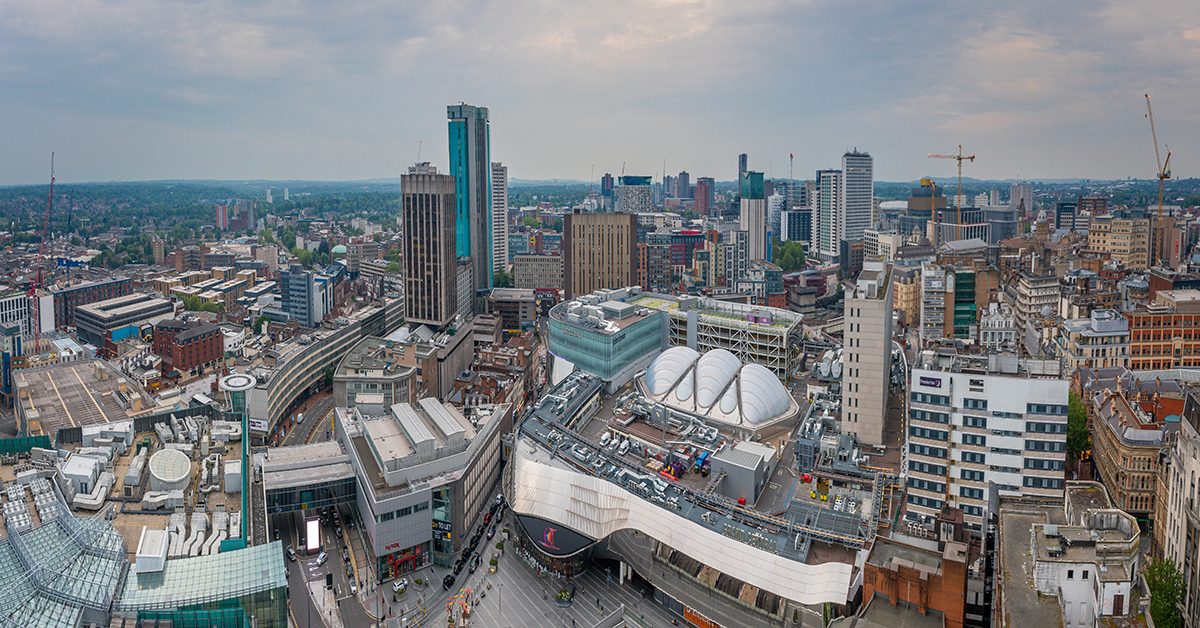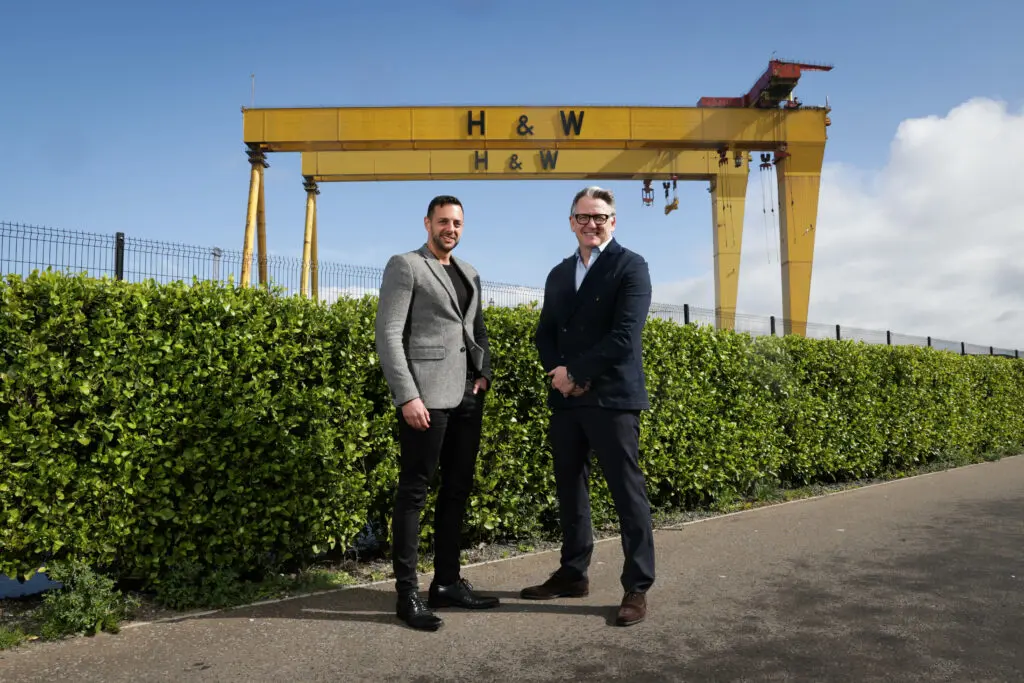The Build-to-Rent (BTR) sector in Birmingham was beginning to show signs of taking off prior to the Covid-19 pandemic, and as restrictions come to an end there is every indication that the sector is bouncing back with some force. Birmingham city centre has been an epicentre of a whole host of developments that have secured permission in recent years, with construction on some truly game-changing buildings already underway.
The plethora of advantages for tenants in BTR developments continue to be a powerful draw within the rental sector. Benefits such as assured tenure, amenities (sometimes including gyms, rentable dining rooms and even a running track), high-quality accommodation, utility bill inclusion and great location offer consumers an exciting product within the rental market.
Birmingham, like many other UK cities outside London, has had a slow entry into the BTR sector with only 1,420 builds in the three years to 2021. Manchester is the exception to this general rule, with 8,000 builds in the same period.
Birmingham’s increasing population, projected to increase by 45,000 (3.9%) by 2028, and the growing regional economy, has resulted in significant demand for BTR schemes in the city. The city’s expanding population has been the largest single contributor to UK population growth for the last decade, and the city has now surpassed its previous population peak, which was in 1951.
The City Council is a receptive audience to BTR developments: pressing housing demands facing the city and the desire to support city centre regeneration act as powerful motivators.
There is every sign that the demand for city living will increase. Developments such as HS2, combined with huge regeneration schemes at Smithfield and Perry Barr, both being led by Lendlease on behalf of the City Council will mean both supply and demand regarding city centre living is likely to increase, even as greenfield and suburban developments look set to continue.
High-profile developments in the centre of the city include Nikal’s Exchange Square, which is now nearing completion, and the recently approved Upper Trinity Street scheme by Cole Waterhouse, a project supported by BECG. BTR schemes keep coming; with an exciting 450-unit scheme close to Snow Hill station in the city centre being proposed by the established London-based firm HUB.
With a pipeline of over 5000 units and every possibility of more yet to come, Birmingham is on track to become a heavyweight in the build-to-rent sector. What remains to be seen is whether this hive of activity in the city centre will extend to town centres around key transport nodes lying outside of the city core.




